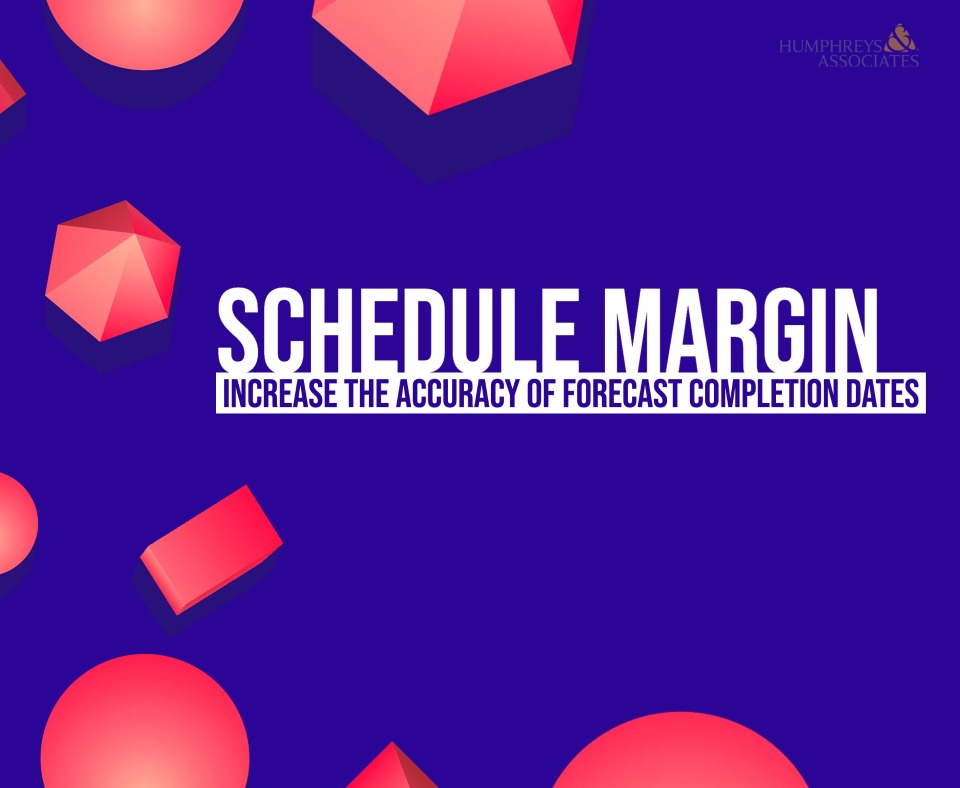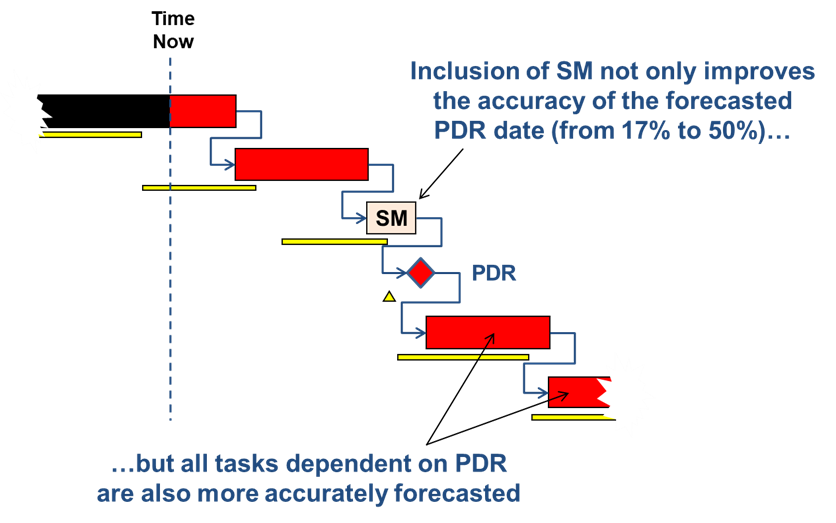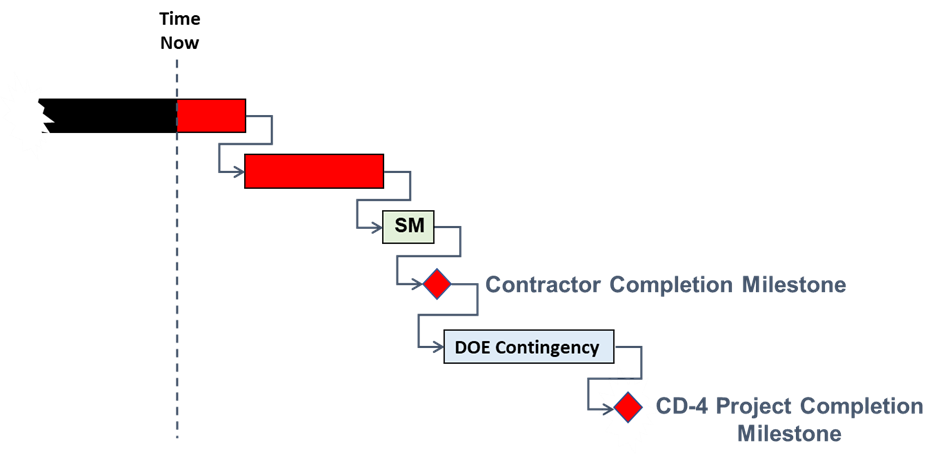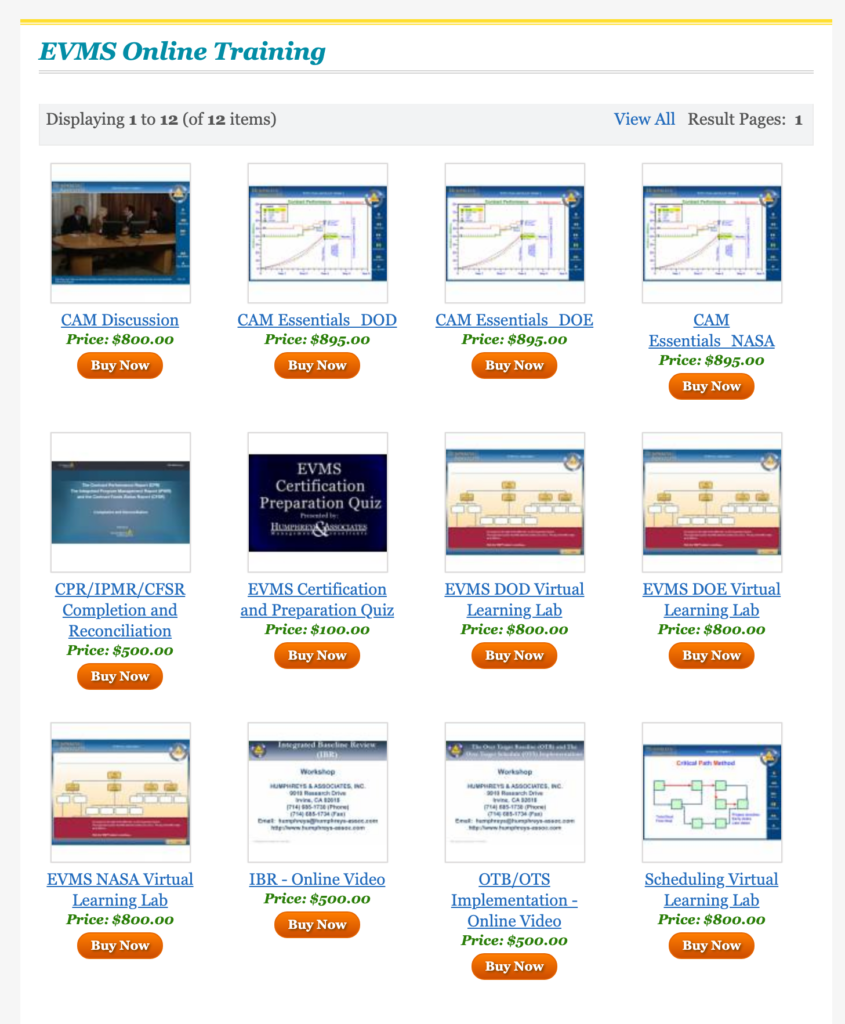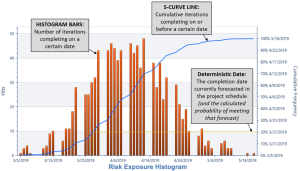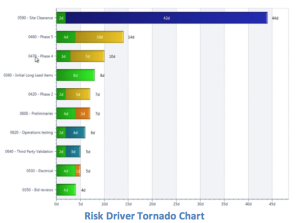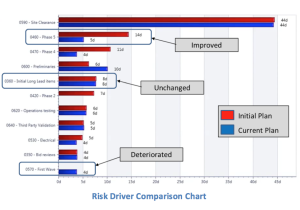How Integrated Baseline Reviews (IBRs) Contribute to Project Success

What is an Integrated Baseline Review or IBR?
An IBR is a formal review of a contractor’s performance measurement baseline (PMB) a customer conducts shortly after contract award or other project events to gain confidence in the contractor’s ability to deliver and meet contract objectives. Conducting an IBR helps to assure there is mutual agreement on the scope of work, schedule, resource requirements, and budget to meet the customer’s needs. It also assures there is a mutual understanding of the project’s risks and opportunities as well as how they will be managed.
Conducting an IBR is often a contractual requirement along with the requirement to implement an earned value management system (EVMS). Contractual documents specify the time frame for when the IBR must occur after contract award. This is typically within 90 to 180 calendar days. A customer may also conduct an IBR at critical milestones, funding gates, when transitioning to another project phase, or when significant changes are incorporated into a PMB.
What an IBR is Not
An IBR is not an EVMS compliance review. The intent of an IBR is not to devolve into a review of the contractor’s EVMS and whether it complies with the EIA-748 Standard for EVMS guidelines. That said, the contractor must be able to demonstrate they have a disciplined project control system in place. The contractor should be able to demonstrate to the customer that the project’s scope of work is properly planned, scheduled, resourced, budgeted, authorized, and managed using their project control system.
What are the benefits of conducting an IBR?
Conducting an IBR contributes to successful project execution because it helps to ensure a realistic PMB has been established.
IBRs provide the opportunity for the contractor and customer to verify:
- There is shared understanding of the scope of work, technical requirements, and accomplishment criteria. As the work breakdown structure (WBS) is decomposed into manageable product-orientated work elements, it provides a common frame of reference for communication between the contractor and customer. The WBS dictionary should capture the technical requirements that must be met as well as expected deliverables and outcomes. The contractor must have a clear understanding of customer’s needs, assumptions, and expectations to be able to create a realistic schedule and budget plan. The IBR provides the opportunity for the contractor to verify the scope of work details with the customer before the project execution phase begins. In instances where the technical requirements evolve over time as work progresses, rolling wave planning is often used to detail plan the current work effort with more macro planning for future work effort to ensure the entire scope of work is included.
- An executable PMB has been established for the entire contractual scope of work. The PMB should accurately reflect how the contractor plans to accomplish the work within the contractual period of performance and negotiated contract cost. The customer’s funding profile may also determine the timing of activities and when resources are required. The schedule and budget should be in alignment. The budget time phasing should reflect the schedule activities and resource requirements. It is also useful to verify appropriate earned value methods and techniques have been selected for the work packages to assure objective and meaningful project performance can be measured and reported as work progresses.
- The required resources have been identified and assigned to the project. This contributes to producing an executable schedule and budget plan. The staffing plan should accurately reflect the sequence of work and skill mix as well as resource availability and demand to accomplish the project’s objectives. Flat loading labor hours may not accurately reflect common challenges of ramping up resources after contract award or the availability of critical resources for specific tasks. Other resource factors include the timing or availability of critical or high value materials as well as subcontractors responsible for performing work or providing services.
- Project technical, schedule, and cost risks/opportunities have been identified and assessed. This also contributes to producing an executable schedule and budget plan. Where possible, risk mitigation actions have been incorporated into the PMB to reduce known risks to an acceptable level. For example, the timing or duration of activities as well as resource requirements may need to be adjusted. Schedule margin activities may be incorporated into the integrated master schedule (IMS). It also provides fact-based information to determine the amount of management reserve set aside to handle realized risks. This is often the most valuable component of the IBR. It is essential all parties have an understanding of the identified risks or opportunities, potential impact if they are realized, and risk mitigation or opportunity capture plans.
Why it is important to verify these details during an IBR?
A realistic schedule and budget plan helps to prevent cost growth surprises because of technical, schedule, or budget challenges. The better the up-front planning, the less the likelihood of cost growth during project execution. It also increases credibility with the customer. The contractor can demonstrate their ability to deliver to the customer needs and manage the work effectively.
Benefits of Preparing for an IBR
Establishing a project’s PMB is a significant and often formal event as it signals the transition from the planning to execution phase. It represents the culmination of the integrated planning, scheduling, budgeting, work authorization, and risk/opportunity management processes.
A common best practice is to conduct an internal baseline review regardless of whether a formal IBR with the customer is required prior to setting the PMB. Implementing a standard process to conduct an internal review of the complete set of project data and artifacts with the project personnel assures an executable schedule and budget plan has been established to accomplish the contractual scope of work within the contractual period of performance and negotiated contract cost in alignment with the contract’s funding profile.
These internal reviews help to ensure there is a common understanding of the scope of work, major project events, planned sequence of work, schedule of deliverables, resource requirements, time phased budget, funding profile, and project risks/opportunities. It also provides an opportunity to verify the quality of the integrated schedule and cost data as well as top down and bottom up traceability.
Need help preparing for an IBR?
A common earned value consulting service H&A provides is conducting a mock IBR with project personnel to prepare for the formal customer IBR. The objective is to conduct a thorough assessment of the project’s PMB to verify it reflects the entire contractual scope of work and technical requirements as well as identified technical, schedule, cost, or resource risks that may impact the ability to execute the work as planned. This provides an opportunity to correct any issues with the PMB prior to the IBR event.
Another standard earned value consulting service we offer is conducting IBR training for project team members. H&A earned value consultants can help you to establish a standard internal process to verify an executable PMB is in place for a given project. Once again, the objective is to prevent cost growth surprises and management is aware of the project’s risks and opportunities that may impact profit margins.
Call us today at (714) 685-1730 to get started.
How Integrated Baseline Reviews (IBRs) Contribute to Project Success Read Post »

